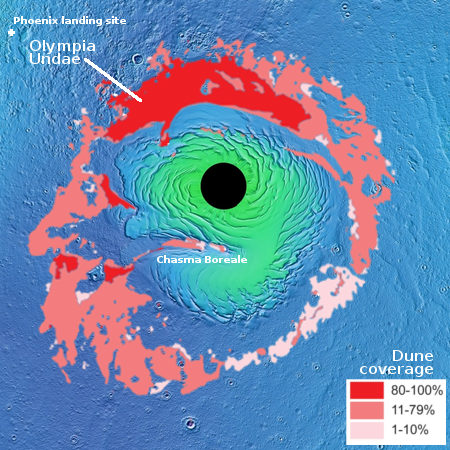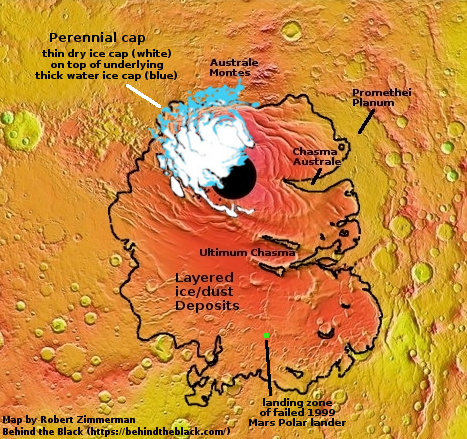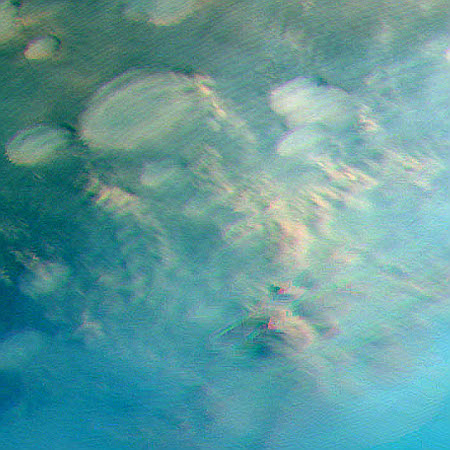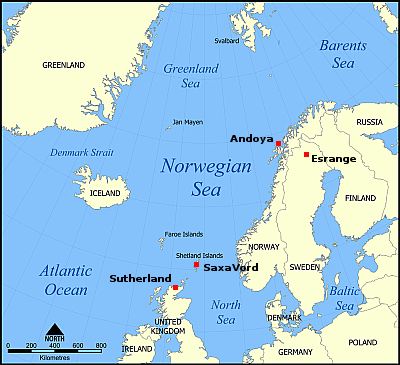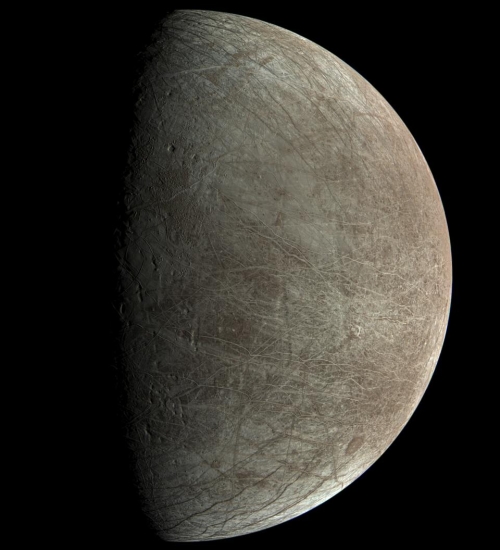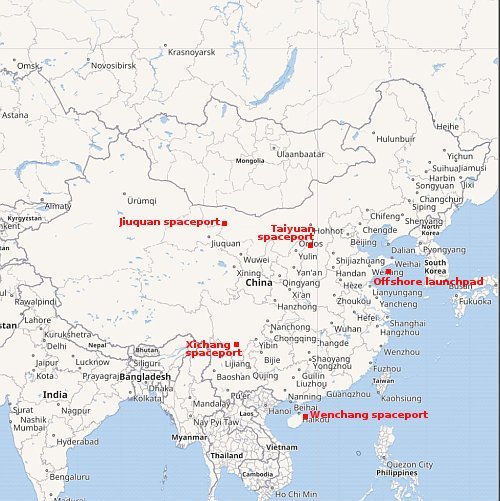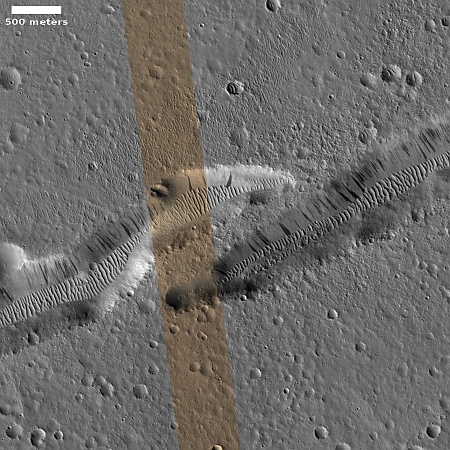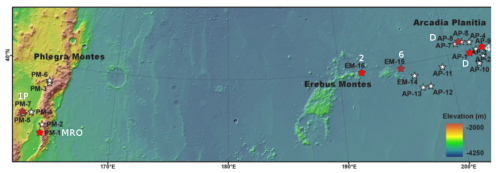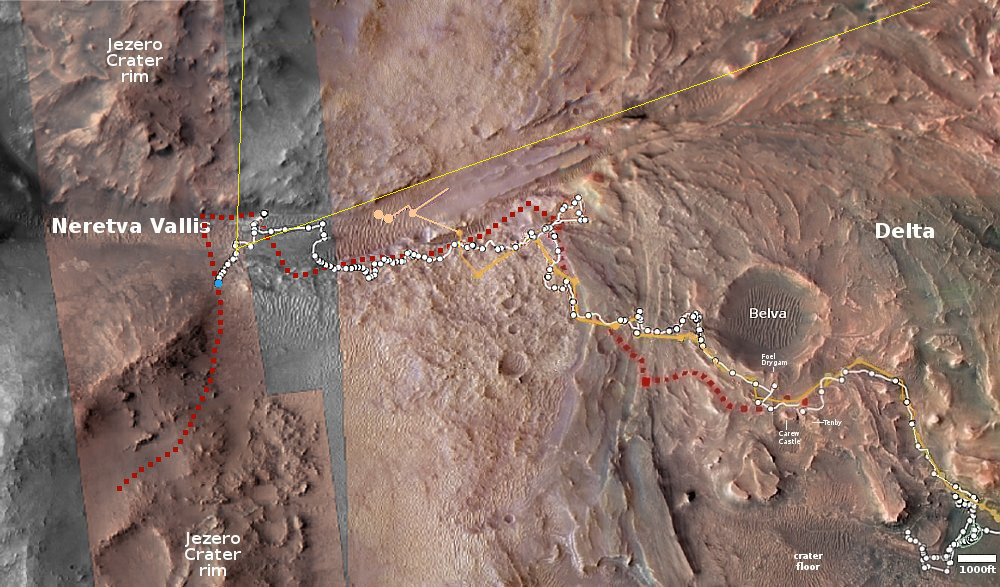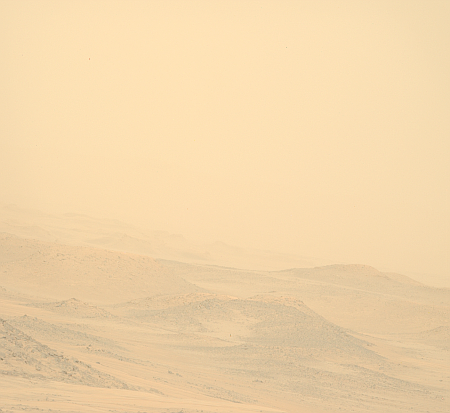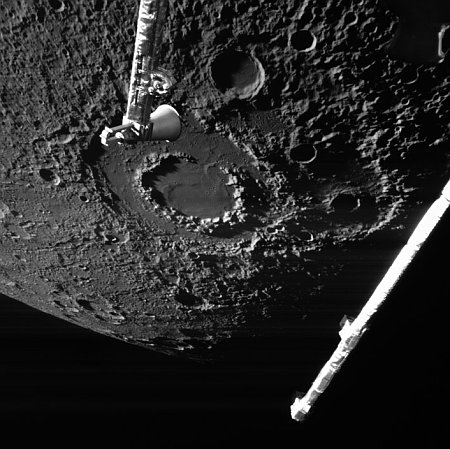Engineers successfully switch thrusters on Voyager-1
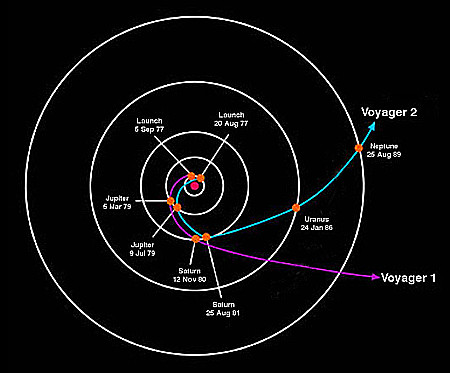
The routes the Voyager spacecraft have
taken since launch.
Because of an increasing number of clogged thrusters on the almost half-century old Voyager-1 spacecraft, now flying just beyond the heliosphere of the solar system, engineers needed to switch thrusters recently, and successfully did so in a complex dance of engineering.
They had to switch from one thruster, in which a fuel line has become increasingly clogged in the last few years due to age, to an another thruster in a different system. The switch however required other careful preparations, since Voyager-1’s nuclear power supply has dropped to a point where they have been forced to shut down almost all operations. Thus, the thrusters are not getting heated as they once were, and turning on the replacement thruster in this condition could damage it.
» Read more

The routes the Voyager spacecraft have
taken since launch.
Because of an increasing number of clogged thrusters on the almost half-century old Voyager-1 spacecraft, now flying just beyond the heliosphere of the solar system, engineers needed to switch thrusters recently, and successfully did so in a complex dance of engineering.
They had to switch from one thruster, in which a fuel line has become increasingly clogged in the last few years due to age, to an another thruster in a different system. The switch however required other careful preparations, since Voyager-1’s nuclear power supply has dropped to a point where they have been forced to shut down almost all operations. Thus, the thrusters are not getting heated as they once were, and turning on the replacement thruster in this condition could damage it.
» Read more


